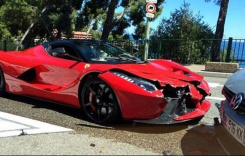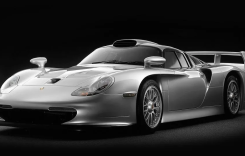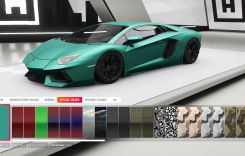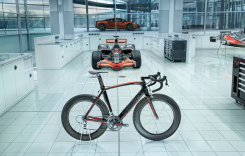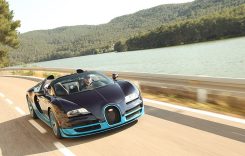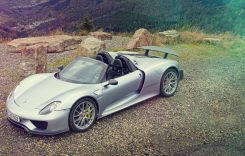Polaris threw its hat into the bagger arena right at the height of the bagger craze. Builders have been actively pushing the envelope with the platform, from front wheels big enough to hula hoop in to glass-shattering sound systems The craze even made it to prime time on the History Channel’s series, Biker Battleground Phoenix, with talented builders like Brian Jenkins, John Shope and Len Edmonson showing to what extremes a bagger can be taken. The big baggers provide a lot of room to showcase fabrication skills while offering an open palette for show-stopping paint. Versatile enough to be bike show winners, daily riders, or touring machines, baggers are a hot commodity.

Just ask Harley-Davidson. Go to any rally and see how many riders sport its signature bagger models. Harley approaches the segment with a two-pronged attack, the frame-mounted Sharknose fairing of the Road Glide joining the fork-mounted
Batwing-fairing Street Glide to provide a powerful one-two sales punch – with the latter Street Glide the top-selling model in the U.S. motorcycle market.
While the consensus was Polaris would pay homage to the classic cruiser heritage of the Indian brand with the release of its first round of motorcycles, the company threw us a curve ball when the 2014 three-bike lineup included a bagger, a first for the American manufacturer. The Indian Chieftan drew the biggest cheers by far from the crowd gathered on Main Street Sturgis last summer when Polaris pulled the covers off it. Though our initial spin in its saddle was brief, the Chieftain impressed with a stompin’ powerplant, ample ground clearance, and low-speed maneuverability. And while styling cues on the Chieftain indeed honor its storied past, it’s chock-full of modern technology, from electronic tire pressure monitoring to ABS, smartphone compatibility, saddlebags that lock at the push of a button, cruise control and throttle-by-wire.
With that in mind, MotoUSA decided to pit the new kid on the block against the long-standing champion for a battle between American-made, V-Twin-powered baggers. The 2015 Harley Street Glide Special and 2015 Indian Chieftain share many similarities, starting with their fork-mounted hard fairings and saddlebags. The Street Glide Special is equipped with Harley’s High Output Twin Cam 103 engine with 1690cc, as the added pep of the High Output version proves a better match to the 1811cc the Chieftain’s Thunder Stroke 111 than the standard TC103. Tire sizes are the same for each bike, 130mm on the front and 180mm on the back, while both source big dual discs between the stout fork legs for stopping power and are ABS-equipped. Wide bars, floorboards, and big cushy seats at a laden 26-inches provide comparable riding positions. Fuel capacities are close, the Street Glide Special sporting a slightly larger six-gallon tank to the Chieftain’s 5.5-gallon cell. Both baggers also ring in around the $23,000 range.

The first thing we did after securing the bikes was throw them on MotoUSA’s in-house scale and Dynojet 200i. The 2015 Street Glide Special is a more svelte than the Indian, its 813-pound curb weight 39.5 less than the Chieftain’s 852.5 pounds. On our dyno, horsepower numbers were almost the same, the Street Glide Special pumping out a tad more with a peak of 75.98 hp @ 5000 rpm compared to the 2015 Chieftain’s output of 75.11 hp @ 4500 rpm. The Indian’s big powerplant made up for it in the torque department, the Chieftain putting out a whopping 102.15 lb-ft @ 3000 rpm while the Harley’s High Output TC103 was no slouch itself at 91.69 @ 3800 rpm. Amazingly, after checking our numbers several times, each mill performed with identical efficiency, down to the hundredths, the Harley and Indian both getting 38.41 mpg, the first time that’s ever happened. We did a little performance testing too, both 0–60 mph and 60–0 mph, which we’ll discuss later in this review, but once again numbers were close. That said, we loaded them up and flogged them over highways, city streets, and up Southern California’s San Gabriel Mountains to evaluate performance in real-world riding conditions. Here’s what we discovered.

